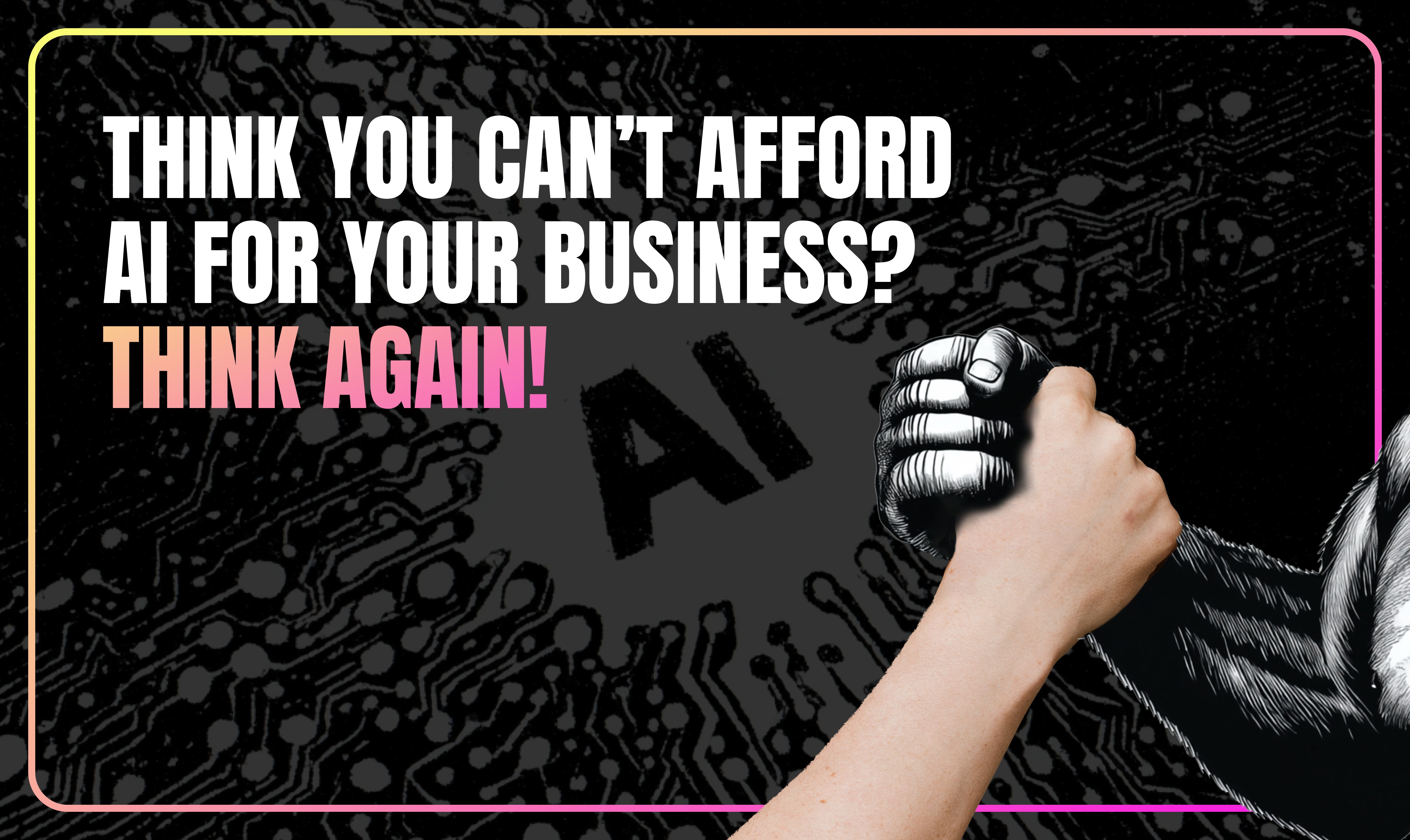
Debunking AI affordability myths. Explore AI pricing complexities, ROI, and how SalesApe AI agents can boost your business efficiency.
You're running a business. Leads are coming in, and you're working hard to turn those leads into customers. But let's be honest, it's a grind, and time? You never seem to have enough. Unless you’ve been living under a rock, you’ll be aware of just how popular AI is becoming, but you’re still on the fence.
Let’s say you’ve done your research, you know it’s safe and everything is covered from a technical and legal perspective. You’re confident you’ve found a solution that would save you (and your staff) loads of time. The one thing you just can’t be sure about until you press ‘go’ is the ROI - how can you be sure you can afford your new AI?
That’s a fair question - it’s probably the one we get asked the most ‘how much does SalesApe cost?’ is usually the first thing our new customers want to know.
It’s not that pricing AI is complicated, it’s more that there are so many variables that go into it that there isn't usually a single price point.
Forget comparing AI to just another software subscription. A truly effective AI, like a SalesApe AI sales agent, is more like a new team member. Think about it: you wouldn't expect a one-size-fits-all salary for a human hire, would you? The same goes for AI. The cost of your AI solution depends on its training, the platforms it uses, and how well it integrates with your existing systems. Just like hiring a sales pro, you're investing in expertise and capability.
For example, with SalesApe, you're not just buying a piece of software. You're getting an AI agent tailored to your specific needs. This means it can handle inbound leads, qualify them, and answer basic questions—freeing up your human sales team for the high-value interactions. It's about maximizing conversion and saving valuable time.
Think about investing in art. A valuable piece from an established artist commands a higher price than a novice's work, and a mass-produced print is the lowest cost. With AI, the same principle applies: more specialized and experienced AI will have a higher cost but a greater return on investment.
But AI isn't just for sales. It's popping up everywhere, and in ways that are far more accessible than you might think. According to a recent report by McKinsey, as of March 2025, 78% of survey respondents say their organizations use AI in at least one business function which is a 9% increase YoY. But AI isn’t just for sales, with McKinsey reporting organizations use AI in an average of three business functions with the top three most popular being:
These might be tasks you're already paying your human staff to do. But by offloading them to AI, you're freeing up their time to focus on the work that humans do best: creativity, strategy, and building meaningful customer relationships. It's about maximizing your team's potential and allowing them to focus on the high-value activities that AI can't replicate.
Did you know:
Employees in organizations that have implemented AI are spending the time saved via automation on entirely new activities. Source
It's not always as simple as looking at direct sales figures. Here are a few things to consider:
And remember, AI is an investment in the long term. It learns and improves over time, becoming more effective as it gathers data and experience. That's why considering the long term impact is as important as the short term.
Instead of just looking at the initial cost, consider the value that AI brings to your business. It's about freeing up your team to focus on what they do best: building relationships and adding value. And that's an investment that's sure to pay off.
If you’d like to know more about how SalesApe’s AI Sales Assistants can help save you time and money, why not sign up for a quick demo? Try out our AI sales agent, no spam and no humans until you ask for one!